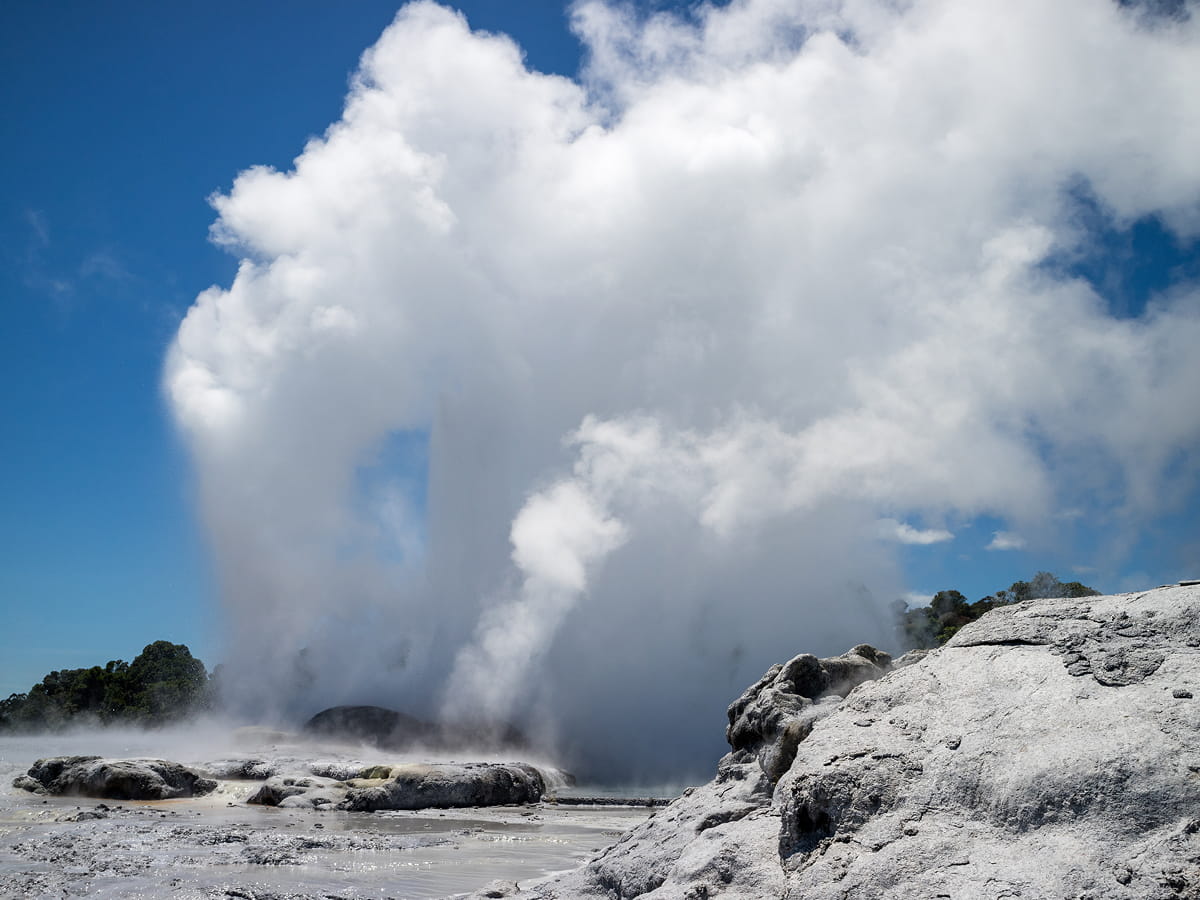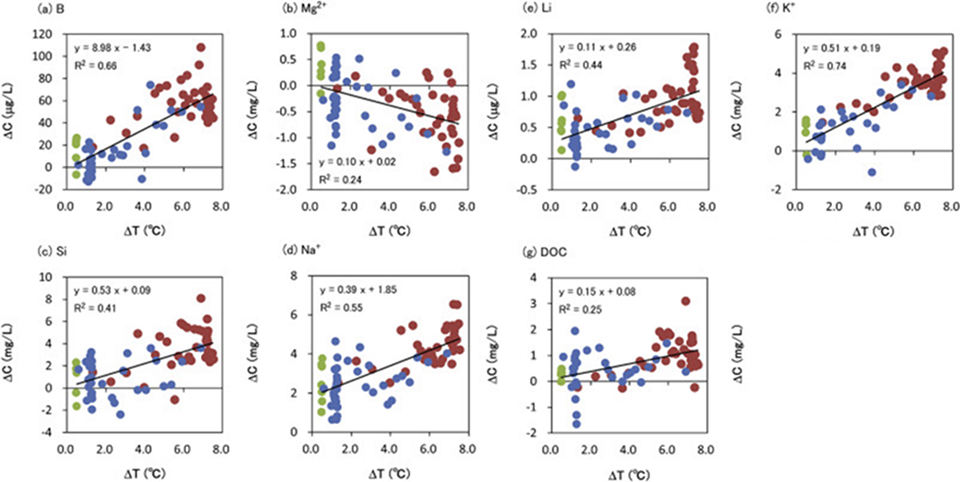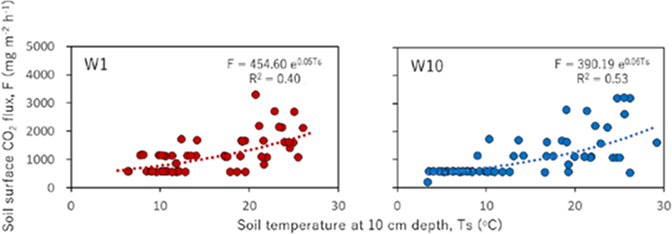
Evaluation of the negative impact of thermal disturbance on soil and groundwater
The increase in subsurface temperature, or subsurface warming, has recently been observed all over the world. This phenomenon is likely induced by global warming and urbanization. Especially in megacities worldwide such as Tokyo and Osaka, the underground infrastructure including subway, underground shopping mall, and sewage system has been densely developed, which produces direct exhaust heat into the subsurface environment. This is likely to induce the additional subsurface thermal disturbance. The temperature increase could affect the physical, chemical and biological processes in the subsurface environment, but the details have not been sufficiently studied and clarified.
The experimental site was established in the middle part of the Arakawa Lowland, Saitama Prefecture, and in-situ long-term enhanced subsurface thermal loading and subsequent natural cooling were repeatedly performed with continuous groundwater monitoring. Temperature increases of approximately 7°C induced increases and decreases in the concentrations of boron, silicon, lithium, dissolved organic carbon, sodium, and potassium and magnesium, respectively(Fig. 1).

Fig. 1
Relationship between changes in subsurface temperature (DT) and groundwater chemical components (DC) of (a) boron, (b) magnesium, (c) silicon, (d) sodium, (e) lithium, (f) potassium, and (g) dissolved organic carbon (Saito et al. (2016) modified).
The temperature dependence of leaching and adsorption-desorption characteristics for harmful chemical components have been evaluated for soils and sediments. The relationship between subsurface temperature and the behavior of greenhouse gases such as carbon dioxide and methane in the vadose zone has also been monitored and evaluated (Fig. 2).

Fig. 2
Relationship between surface CO2 flux (F) and soil temperature at 10 cm depth (Ts) at two sites (Saito et al. (2021).
The results have been widely published in scientific journals, for example, the 2018 best paper award from the Japan Society of Civil Engineers was given to the original research paper
(https://doi.org/10.2208/jscejer.74.8)
References
- Saito, T., Hamamoto, S., Ueki, T., Ohkubo, S., Moldrup, P., Kawamoto, K., and Komatsu, T (2016): temperature change affected groundwater quality in a confined marine aquifer during long-term heating and cooling. Water Research, 94, 120-127. https://doi.org/10.1016/j.watres.2016.01.043
- Saito, T., Kawamoto, K., and Komatsu, T (2021): TEMPERATURE CHANGE AND CO2 PRODUCTION AND CONSUMPTION IN THE VADOSE ZONE OF ARAKAWA LOWLAND. Journal of Japan Society of Civil Engineers, Ser. G (Environmental Research), 77(3), 72-82. https://doi.org/10.2208/jscejer.77.3_72

